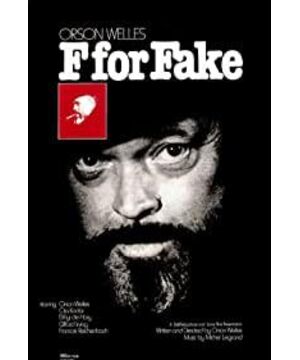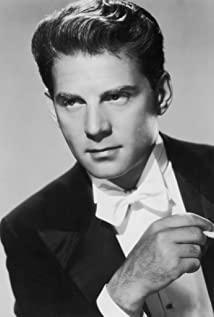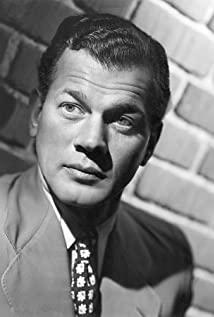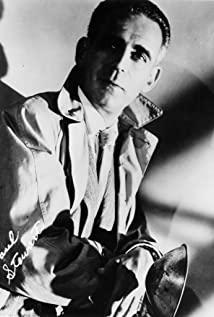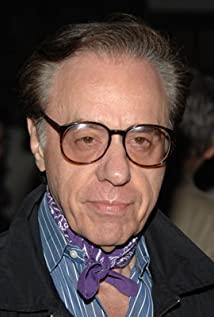The main line of the story is Elmyr de Hory, a famous twentieth-century forgery master, Hungarian painter. Elmyr is also a legend. While studying painting in Paris, he worked hard to create but was silently frustrated. Although his creations are not well-known, his ability to imitate is unmatched. As a result, he was in trouble in his life and turned to the brilliant and rich counterfeiting industry, becoming a famous counterfeiting master in history.
The fake paintings he created throughout his life were sold to famous art museums in the world, from Europe to America, from Chicago to Philadelphia, all of which he faked "famous paintings". One of his brilliance is that he always faked a painting according to the style of a famous painter, instead of copying a certain painting. The second is that his transactions with any curator and collector are conducted in person, cash transactions, and no vouchers are left. Therefore, in the end, if he hadn't jumped out and admitted it himself, no one would have known that those famous paintings worth hundreds of thousands of millions were written by him.
In front of the camera, he can "create" a pair of Matisse in a few minutes, a Modigliani-style portrait in a few seconds, and a Picasso in between. And the most amazing thing is that those so-called master collectors really believe it.
There is a story in the documentary where Elmyr told a collector that his father left him Matisse and he wanted to sell it. The collector says he has no interest in Matisse, is there any other painter. Elmyr said no. Two days later, Elmyr called the collector and said that there were a few more paintings by the artist in his house, and the collector paid a high price for it.
Elmyr's mischievous personality is repeatedly shown in the documentary. It felt like the whole falsification ended up being a joke between him and serious collector art critics. They do experiments, says Clifford Irving, who wrote his biography. Showed a Matisse by Elmyr to the Curators and said it was a Matisse painting, and the Curators commented on how Matisse is characteristic of this painting, and the lines and colors are unique to Matisse. And if they tell the Curators that the painting is not Matisse, the curators will say yes, look at this pattern, how can it be Matisse. Haha~
Elmyr is elegant, witty and personable at gatherings in the upper art circles such as Paris. And no one would have thought that the tasteful old man was a liar. Later, Elmyr was wanted by the United States and other places, so he kept traveling to avoid pursuit, and finally hid in a remote island, bought a big mansion in Xianghai and settled down. There is a shot where there seem to be tears in his eyes, saying how is this not a prison?
Elmyr's story is melded with that of his biographer, Clifford Irving. This Irving is not a simple man either, he is the author of the famous fake biography of Howard Hughs. And he faked his biography, which is the period when this documentary was filmed. His fake biography was so powerful that even the reclusive Hughs had to come out and clarify that he never gave an interview or consented to anyone writing his biography.
Then the story gets to Howard Hughs, who is also a legend. After such a vigorous life, he suddenly disappeared. Rumor has it that he's relocated to Las Vegas (what a recluse!) in a room on the top floor of a hotel. So, the detective-like documentary writer Hou was in the distance of the hotel, looking at the white curtains on the top floor of the hotel, guessing which room would be Hughs.
That's not enough. Director Orson's lover, Oja Kodar, joined the performance in his original capacity in the film, adding a mysterious and surreal color to the documentary. The twist of this story is that, in Orson's narrative, it is said that the story will be true an hour later. An hour later, Oja's story began, her daily activities in front of Picasso's door attracted Picasso's attention, so Oja became Picasso's last model, and Picasso painted 28 portraits. And promised to give these paintings to Oja. Therefore, the paintings that Picasso finally sold were fake. This is also a guess. The disappearance of 28 Picasso portraits, there is a guess that these paintings Picasso did not paint at all, others may be imitations of Elmyr.
View more about F for Fake reviews


